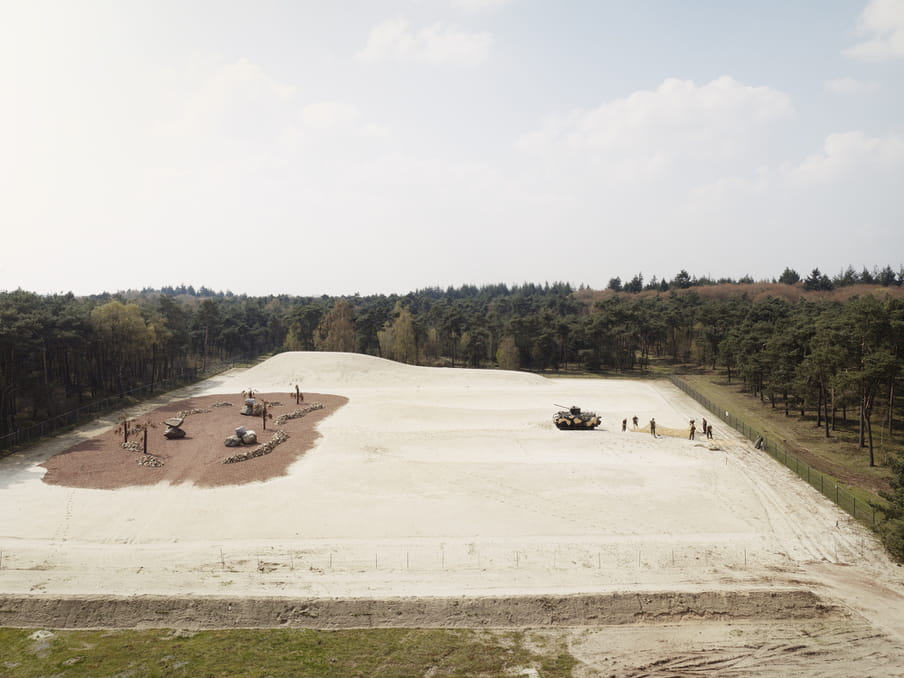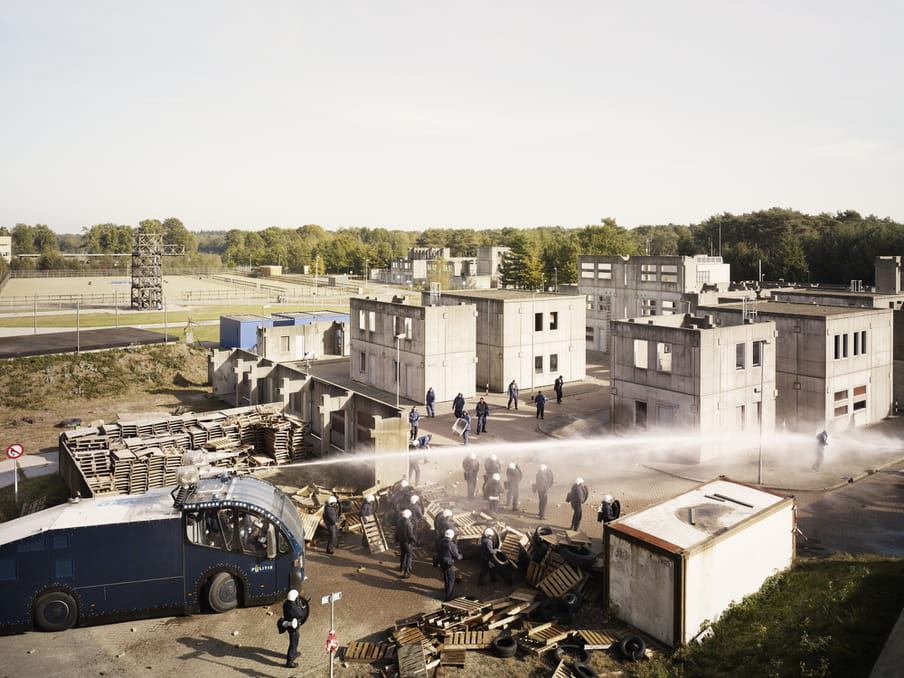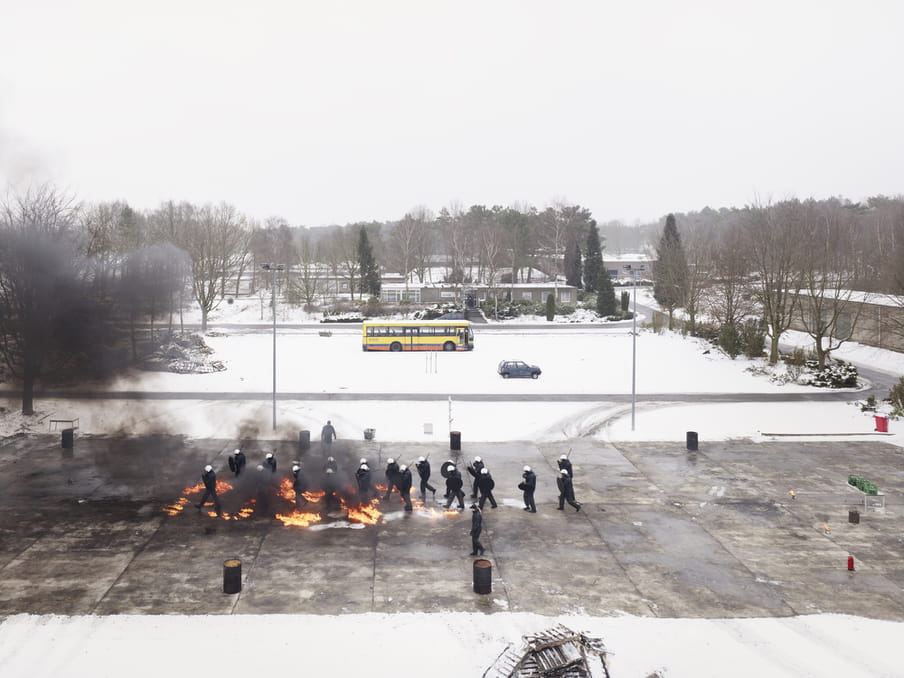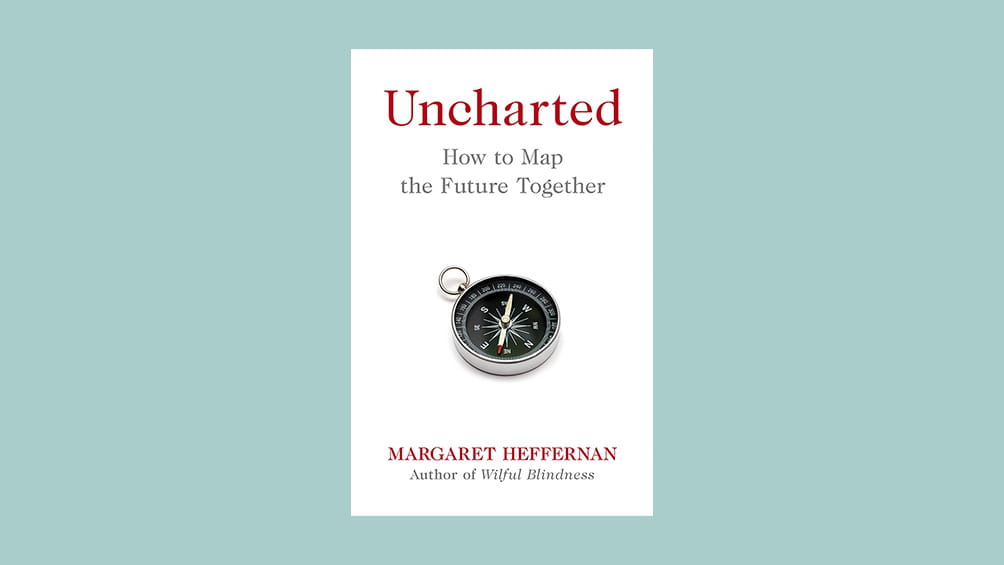A year ago, I found myself in an underground location somewhere in Bosnia and Herzegovina. Wandering with other tourists down long corridors, we walked through airlock doorways of a subterranean complex powerfully reminiscent of the secret base from Thunderbirds.
We saw extensive workrooms equipped with typewriters, cards and red telephones. There were bathrooms, bedrooms, kitchens, an operating theatre and engine rooms, vast engine rooms. Hidden in the hills, this was the bunker designated Atomic War Command, or Armijska Ratna Komanda ARK D-0. Also known as “Tito’s bunker”.
President Tito, of former Yugoslavia, commissioned the bunker in 1953, an underground labyrinth comprising nearly 6,500 square metres. If nuclear war broke out, he and his inner circle would be able to hole up there for up to six months. Construction was completed in 1979, some 26 years and $4.6bn later.
For centuries, progress depended on reducing uncertainty. But complex processes depend on factors that are unknown
Its existence was a closely-kept secret, becoming public knowledge only after the collapse and disintegration of Yugoslavia in the 1990s. Tito had died in 1980. Tito’s bunker is a monument to the concept of an uncertain future. The nuclear war he feared had not become a reality.
Sure, we can scoff at Tito’s plans and dismiss him as a megalomaniac with paranoid delusions. But what if a nuclear war had actually happened? Tito would have had the last laugh (perhaps literally).


It’s complicated, predictably
Looking back is easy. Looking ahead is trickier. How do you prepare for an uncertain future? That’s the pressing question in Margaret Heffernan’s Uncharted: How to Map the Future Together.
Heffernan is an entrepreneur, professor and author of books including Beyond Measure and Wilful Blindness. This latest title was published on 20 February 2020. Less than a month later, on 11 March, the World Health Organization (WHO) officially declared that we were in a pandemic. The inescapable fact that the future can be uncertain has become painfully clear.
Still, it’s worth reading Heffernan’s explanation in the opening pages of the book. A deterministic worldview – in which everything can be predicted – is flawed, argues Heffernan. She makes a clear distinction between what’s complicated and what’s complex.
An issue may be complicated, but given enough preparation and effort, you can predict how it will evolve and therefore control what happens. It’s like car manufacturing: you can optimise efficiency by understanding every single step of the process. A process like that is complicated.

Complex is not the same as complicated. Complex processes depend on factors that are sometimes unknown, or interdependent in ways that we don’t comprehend. Complex issues can’t easily be captured in a model.
Look at the origins of the Covid-19 pandemic.
Animal markets are a risk, that much was clear. But no one could have predicted that a particular virus at that particular moment in that particular market in Wuhan would lead to a global pandemic. Just as no one could have stated with certainty during the cold war (or since) that the spark which might have led to a nuclear war would not happen.
For centuries, progress has depended on eliminating uncertainty. Given our deeper understanding of diseases, for example, we have been able to live longer and healthier lives. By optimising production, we have gained access to well-stocked supermarkets filled with food. Our smartphones are ready at our fingertips.
But of course uncertainty is a fact of life: it can’t be eradicated. Diseases take us by surprise. Protests erupt that we didn’t see coming. People behave in ways we didn’t expect.
Heffernan is dismissive of tech companies that want us to believe that – if we can just amass enough data – the world will be perfectly predictable. They won’t succeed, she asserts, until technology can influence human behaviour to such a powerful extent that humans are made predictable: it would only be possible to predict exactly where we’re all going, for example, if we all depended only on Google Maps to do our navigation.
Much of the rhetoric about artificial intelligence focuses on the inevitability of a future defined by data and algorithms. Experts in the media also frequently behave as though they know what the future holds in store. “Anyone who tries to tell us they know the future is simply trying to own it,” Heffernan warns.

Making stories helps us to prepare
The future is not a consequence of established facts. Where there’s uncertainty, our choices can make a difference. To our climate, our health, our democracy. And that’s a good thing: “The future is unknown, because we’re not there yet.”
That’s why most of Heffernan’s book is about how people and organisations deal with uncertainty, each in their own way, by shaping the future rather than waiting for it to happen.
Some examples may already be familiar. The revolutionary home care improvements proposed by Dutch district nurse Jos de Blok are discussed at some length. So too is the debate on abortion laws in Ireland. But the lens of uncertainty through which Heffernan views them is always surprising.
Her choice of examples is diverse – from CERN to artists, death and self-driving cars. Their impressive scope ranges from individual (a celibate priest who falls in love) to global (climate change). One example that was completely new to me was scenario planning.
The underlying principle in scenario planning is that because the future can’t be predicted, it’s better to think in terms of scenarios rather than certainties. From this premise, you can work through the implications of different possible future scenarios.

As a method, strategic planning emerged after the second world war. In the 1950s, it was developed by the RAND Corporation and the US military. By the 1970s, multinational oil and gas company Shell adapted the method for commercial use in the private sector.
Shell executive Pierre Wack understood the dangers if modelling the future was allowed to supplant independent thinking. Forecasting and reality are not the same.
Wack and his team started work on what would become one of the best-known examples of scenario planning. They wrote a number of stories about how the world could potentially change. Their emphasis here was on stories and fictional narratives, since qualitative data is just as important as quantitative data in scenarios like these.
At the time, the assumption was that oil prices would continue to rise. The oil supply was finite. However, one of the scenarios developed by Shell deviated from that assumption, exploring the consequences of a major drop in oil prices. When the oil shock of 1973 occurred and prices plummeted, only Shell understood what was going on, because they had planned for this contingency.

Méxicos Posibles
A Google search on scenario planning yields dozens of management books, but the method is not limited to business. In Mexico, for example, journalist Rossana Fuentes and consultant Julio Madrazo decided to contact Reos Partners, a company specialised in scenario planning, to assess the prospects for a country crippled by violence. That’s how the Méxicos Posibles project started.
Mexicans were set to work on developing scenarios. Their grupo de trabajo, working group, was conceived as an accurate reflection of Mexican society: an archbishop, a cleaner, a policeman, a criminal … Members grew familiar with each other. Everyone was treated the same, regardless of social standing. A housekeeper was given as much time to say her piece as a senator.
Four scenarios emerged: Hostile Mexico, Paralysed Mexico, Responsible Mexico, and Failed Mexico. Working together to think about the future, participants gained a better understanding of the complexity of the situation. Powerful figures in a group became more modest. Underprivileged voices found an opportunity to tell their story.
When a new government took office, the group reported for duty: “Hello, we are all of Mexico: how can we help?”
What Heffernan’s book shows, above all, is that by contemplating the future, you can begin to shape its course. The book is full of good tips: know the difference between the complex and the complicated, dare to experiment, think in terms of possible scenarios instead of iron-clad predictions. But my abiding impression from the book goes far beyond a checklist.
Navigating change is a mindset, an attitude, a worldview. Embrace the complexity of life in all its whimsy, with all the unexpected twists and turns. Rather than fighting uncertainty, welcome it.
Translated from the Dutch by Joy Phillips.

 About the images
Something seems to have gone awfully wrong in the landscapes we’re hovering above in Jeroen Hofman’s pictures. Shot from a hydraulic crane about 20 metres from the ground, the scenes resemble watching a dramatic movie scene or playing a violent video game.
About the images
Something seems to have gone awfully wrong in the landscapes we’re hovering above in Jeroen Hofman’s pictures. Shot from a hydraulic crane about 20 metres from the ground, the scenes resemble watching a dramatic movie scene or playing a violent video game. Rest assured, these scenes of chaos and drama are actually highly controlled practice scenarios on the training grounds of the Dutch police, fire department, and military. These "playgrounds" are designed for the sole purpose of preparing for the unpredictable. They predict a possible future that nobody hopes will become reality, but who knows ... (Lise Straatsma, image editor)
 About the book
In Uncharted, Margaret Heffernan sets out in search of people and organisations who shape the uncertain future, each in their own way.
About the book
In Uncharted, Margaret Heffernan sets out in search of people and organisations who shape the uncertain future, each in their own way.
Dig deeper
 Sapiens: groundbreakingly original in the history it tells, predictably disappointing in the history it leaves out
I read Yuval Noah Harari’s self-described history of humanity to see if it had a place for someone like me. But although Harari’s bestseller promises a satellite view of human history, it has some very traditional blindspots.
Sapiens: groundbreakingly original in the history it tells, predictably disappointing in the history it leaves out
I read Yuval Noah Harari’s self-described history of humanity to see if it had a place for someone like me. But although Harari’s bestseller promises a satellite view of human history, it has some very traditional blindspots.


